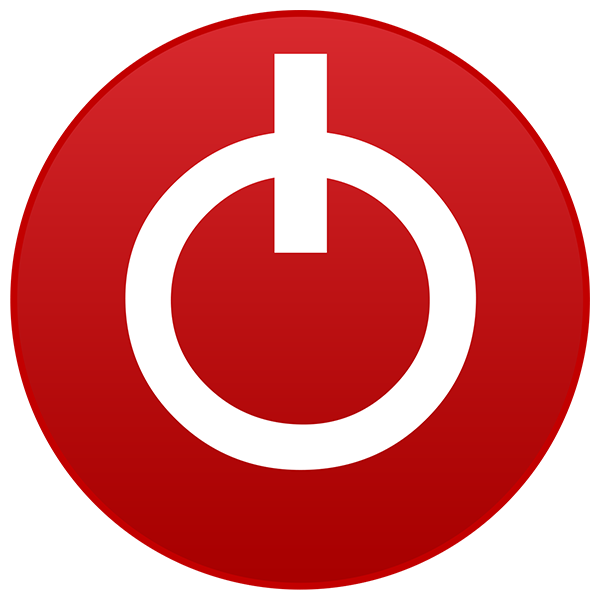- Joined
- May 24, 2023
- Messages
- 1,047 (1.67/day)
I got myself a testing PC with 265K, Strix E board and ordinary RAM (32GB, 6000 MHz, CL36) and tested the CPU with two power limits 100 and 160W, and compared it to 13900KS with 4 E cores disabled, both with HT on and off.


As you can see, the results are pretty consistent, both apps in both power limits mean 24% performance improvement of Arrow lake compared to Raptor lake with HT disabled and 11% with HT enabled.
Most of the power inefficiency of Raptor lake is gone when it is so much power limited - Raptor lake is extremely efficient with 100W power limit. I believe that the result is pretty positive for Arrow lake with 20 threads against Raptor lake with 28 threads.
13900KS could be a little bit better than 14900K, but that is down to silicon lottery, I do not think it has a significant advantage compared to standard 14th gen CPUs.


As you can see, the results are pretty consistent, both apps in both power limits mean 24% performance improvement of Arrow lake compared to Raptor lake with HT disabled and 11% with HT enabled.
Most of the power inefficiency of Raptor lake is gone when it is so much power limited - Raptor lake is extremely efficient with 100W power limit. I believe that the result is pretty positive for Arrow lake with 20 threads against Raptor lake with 28 threads.
13900KS could be a little bit better than 14900K, but that is down to silicon lottery, I do not think it has a significant advantage compared to standard 14th gen CPUs.
Last edited:








